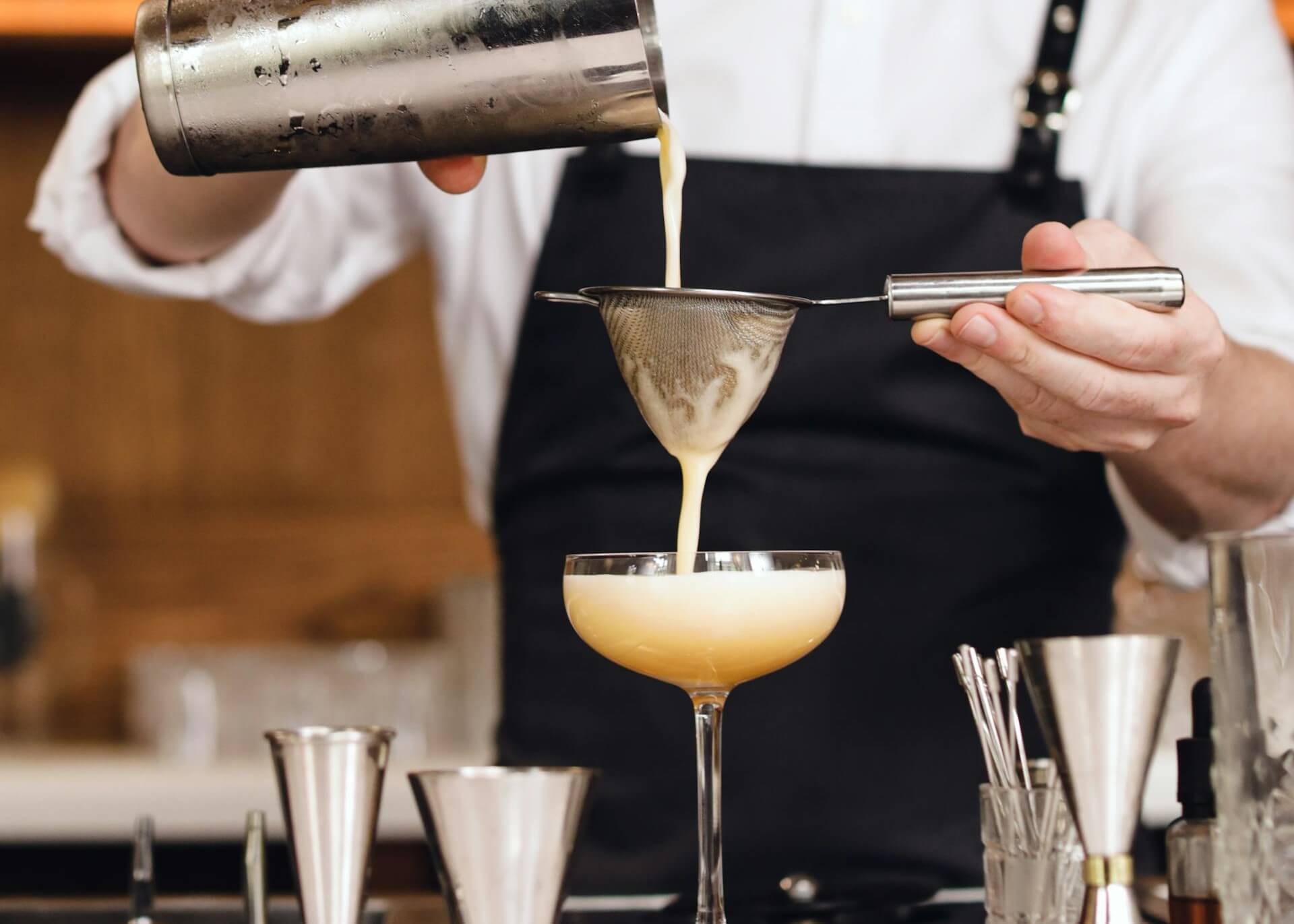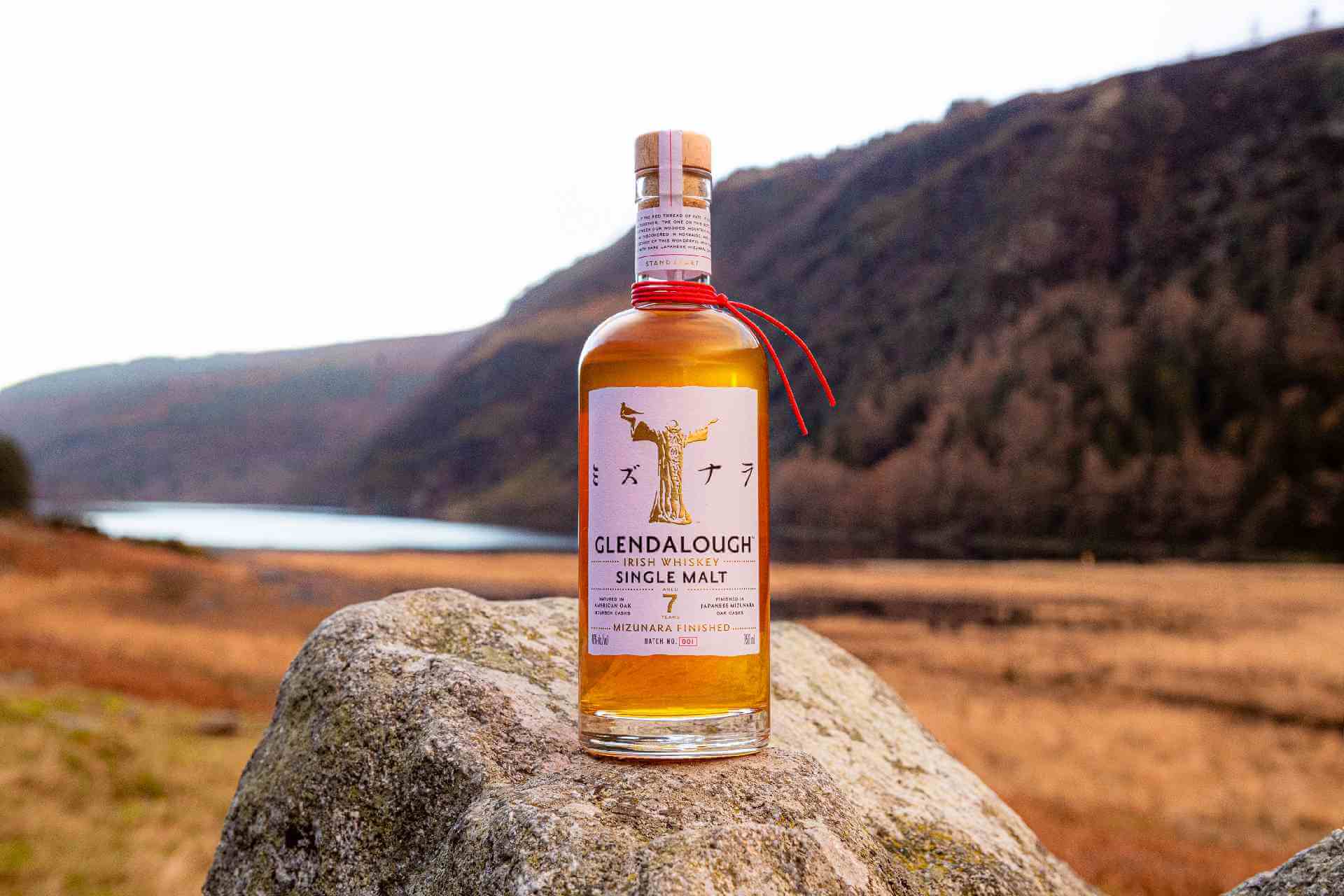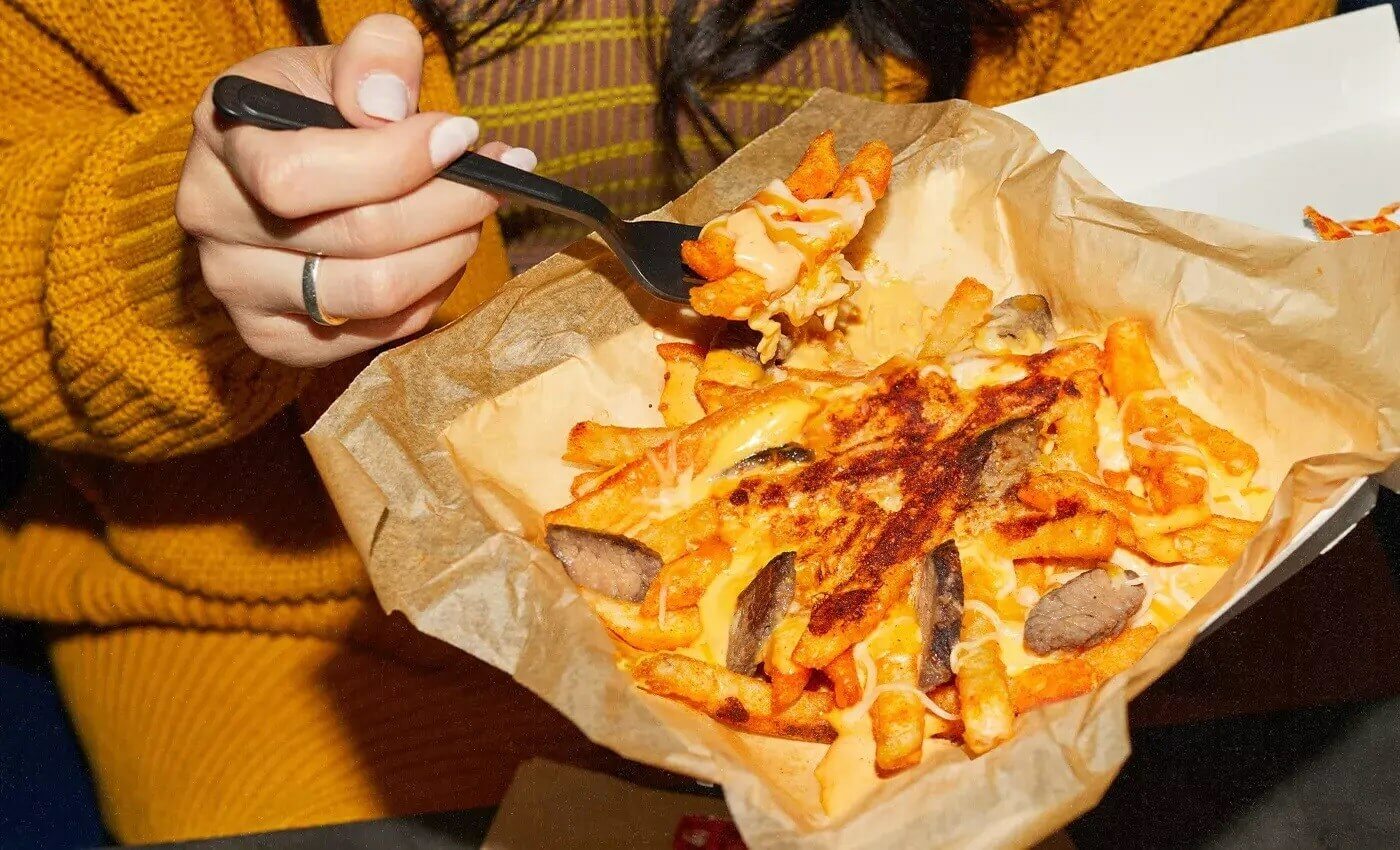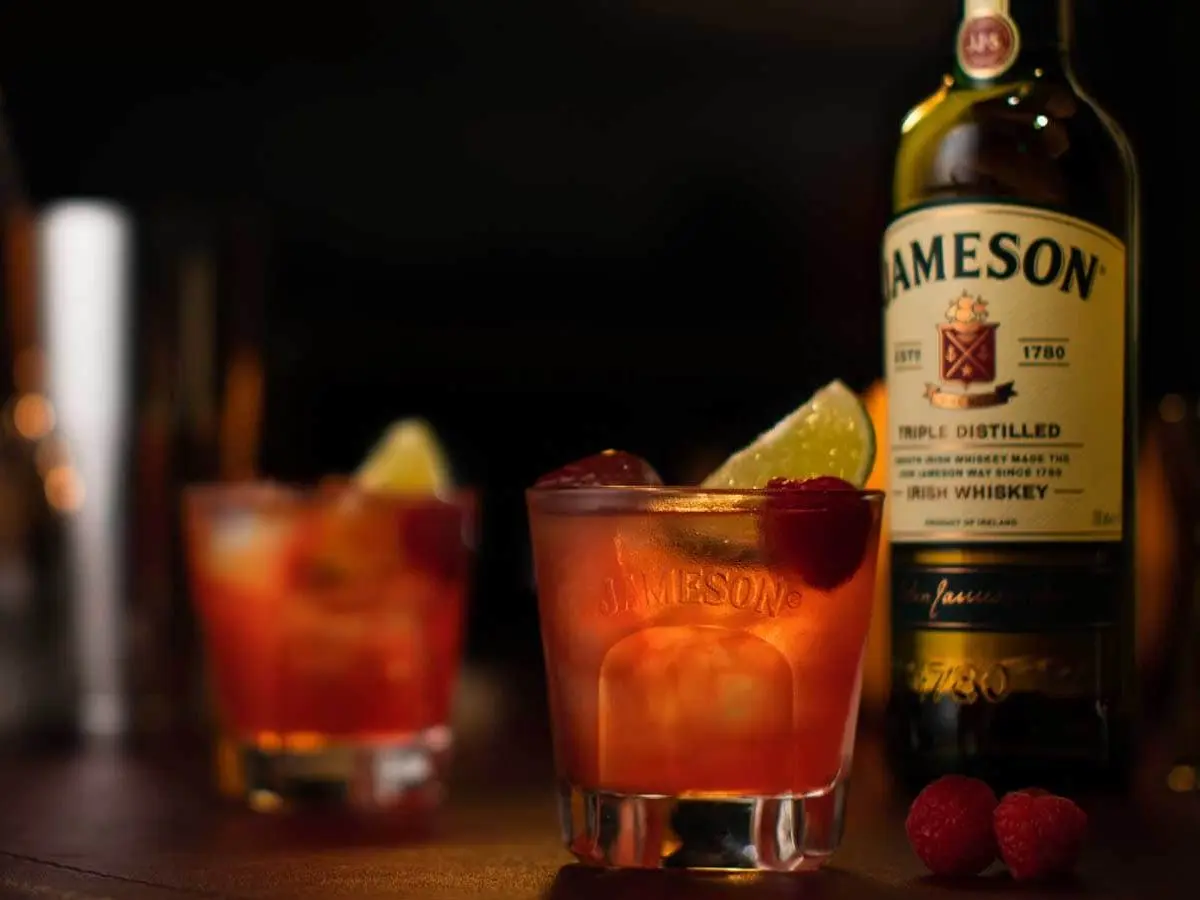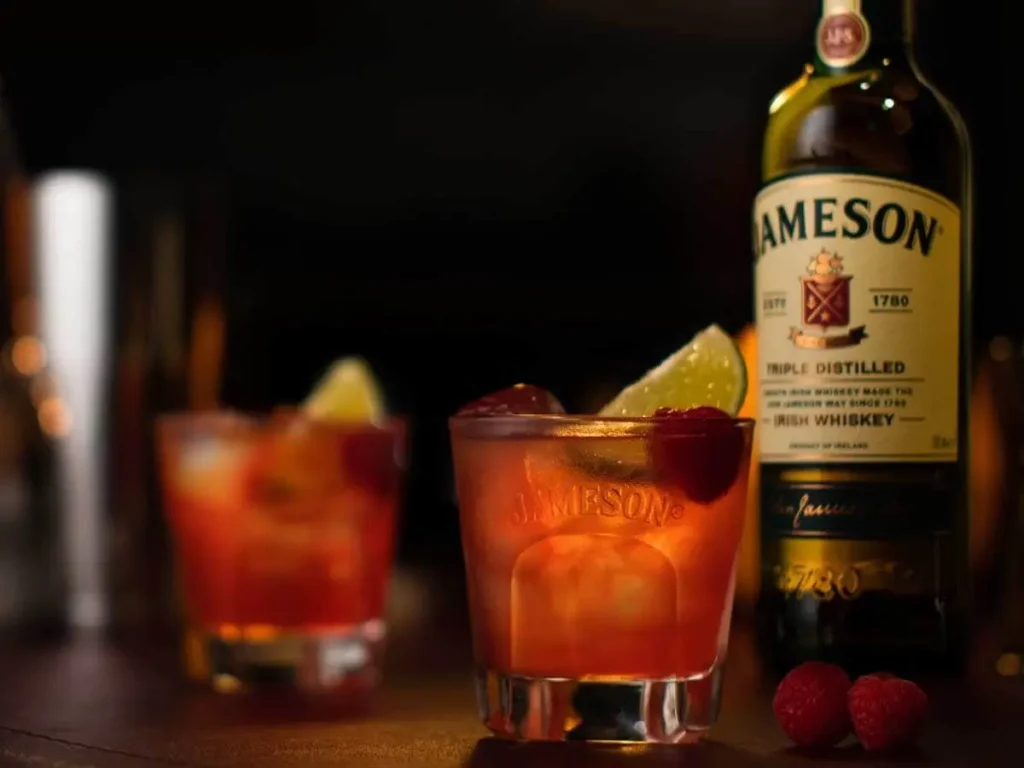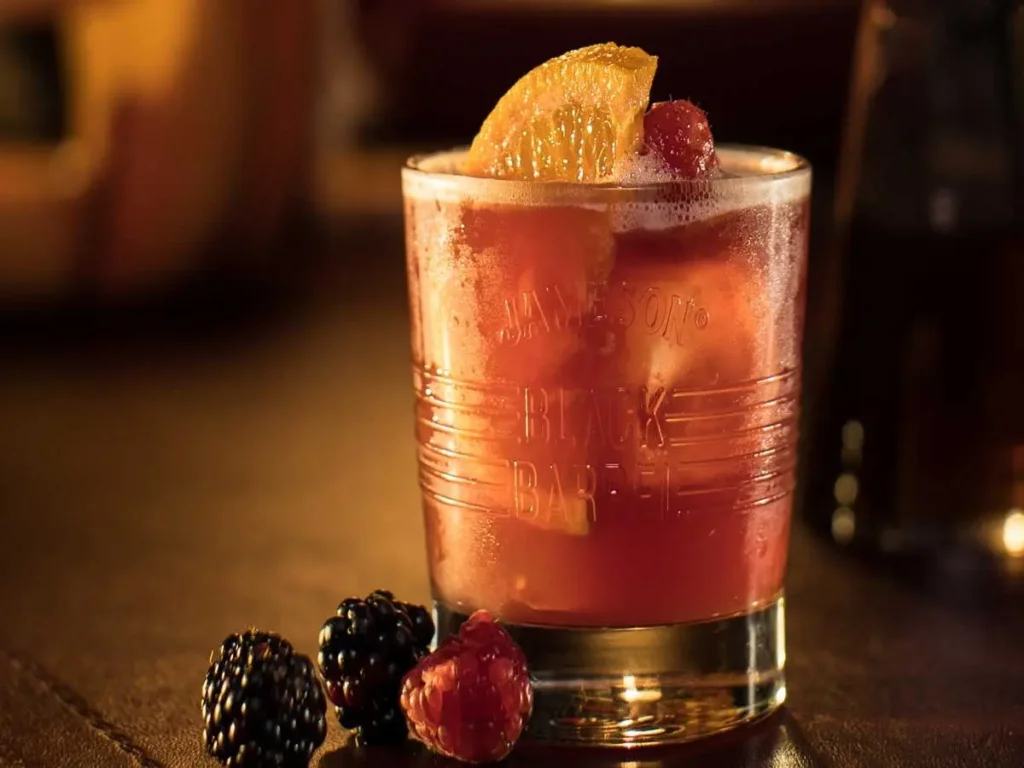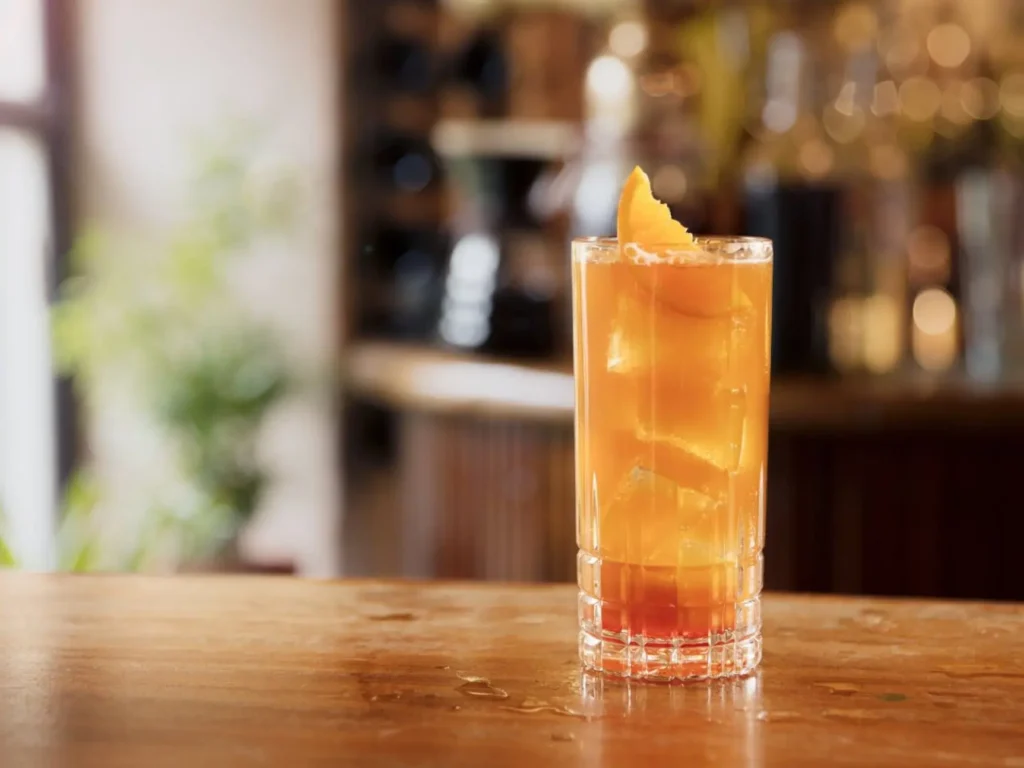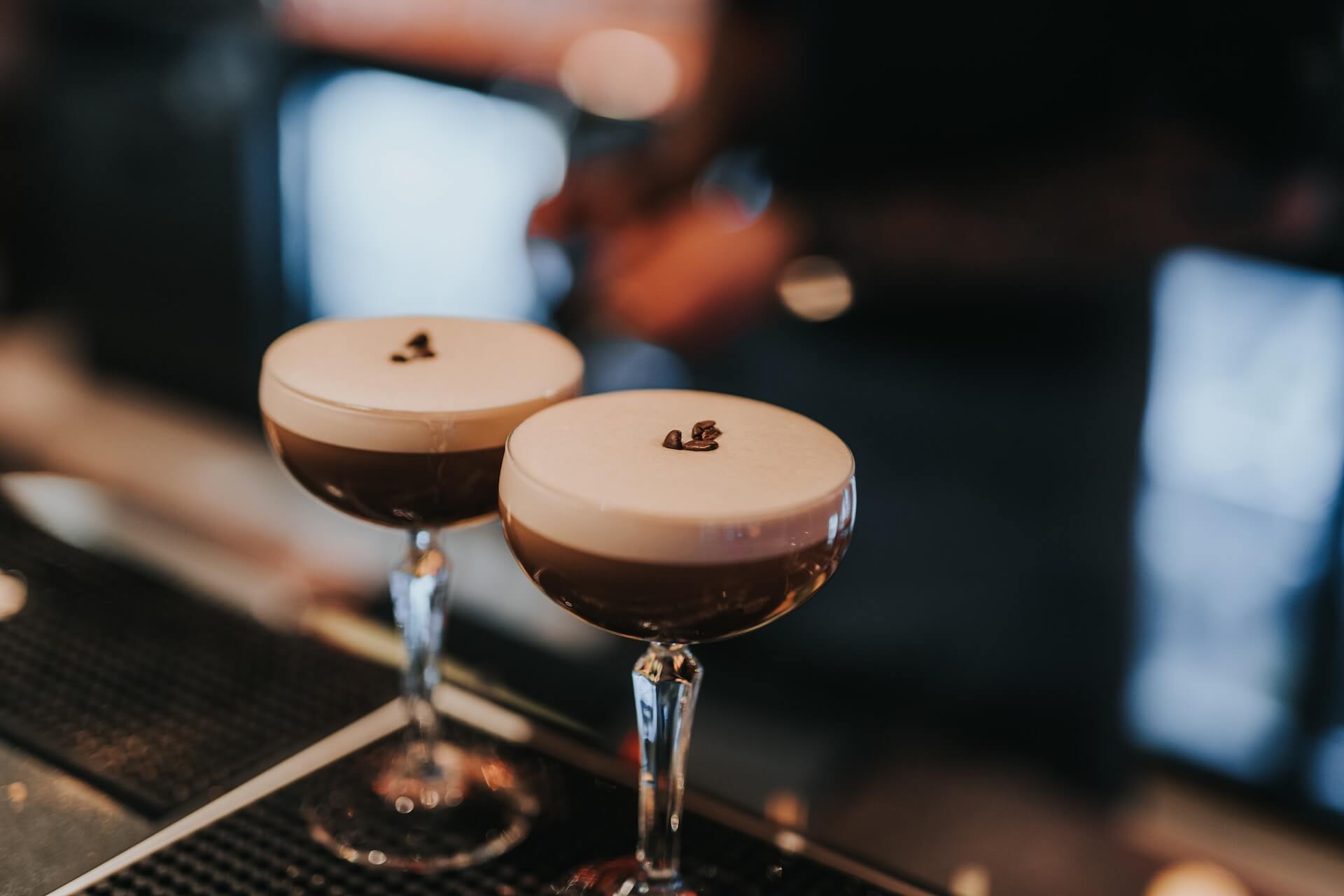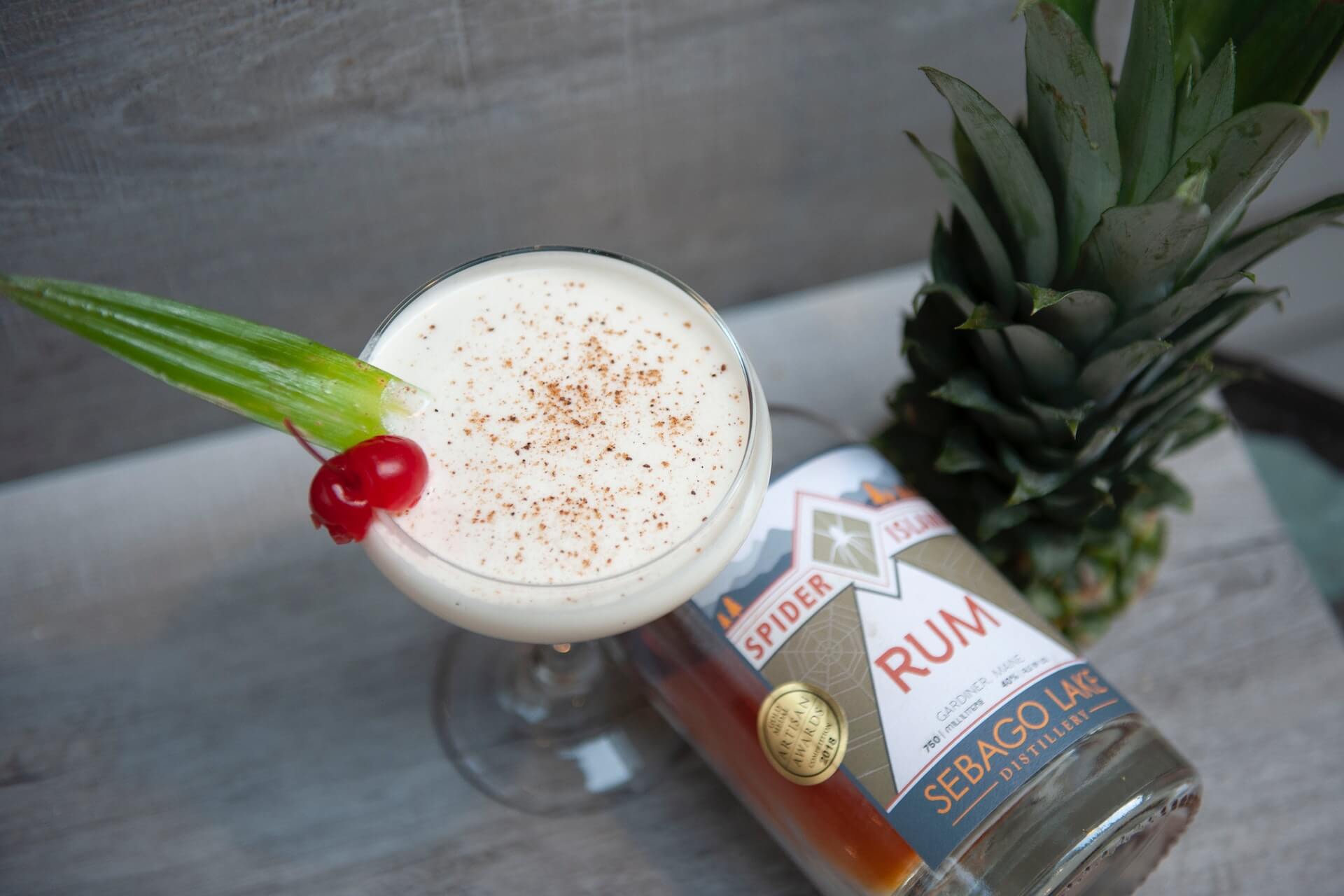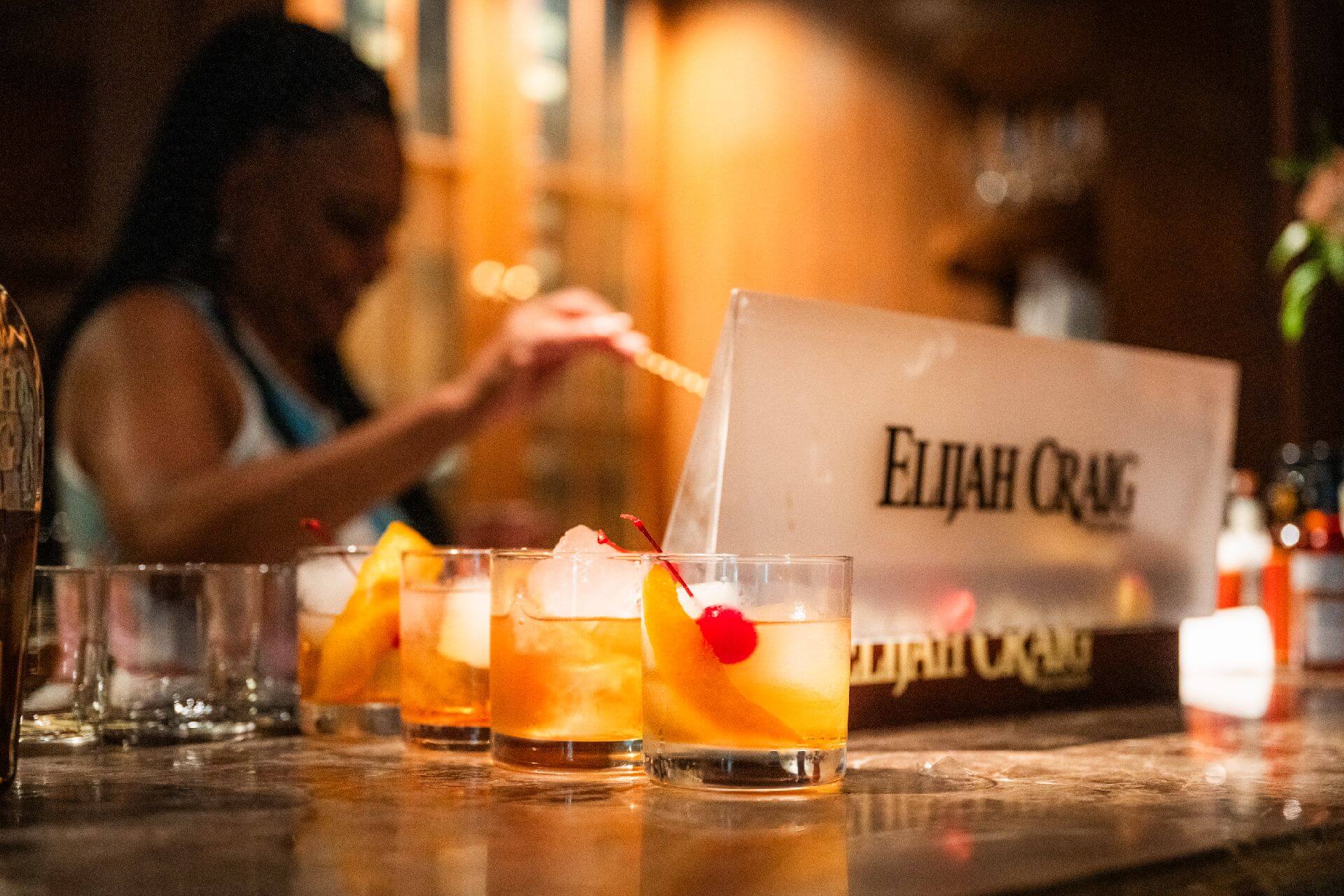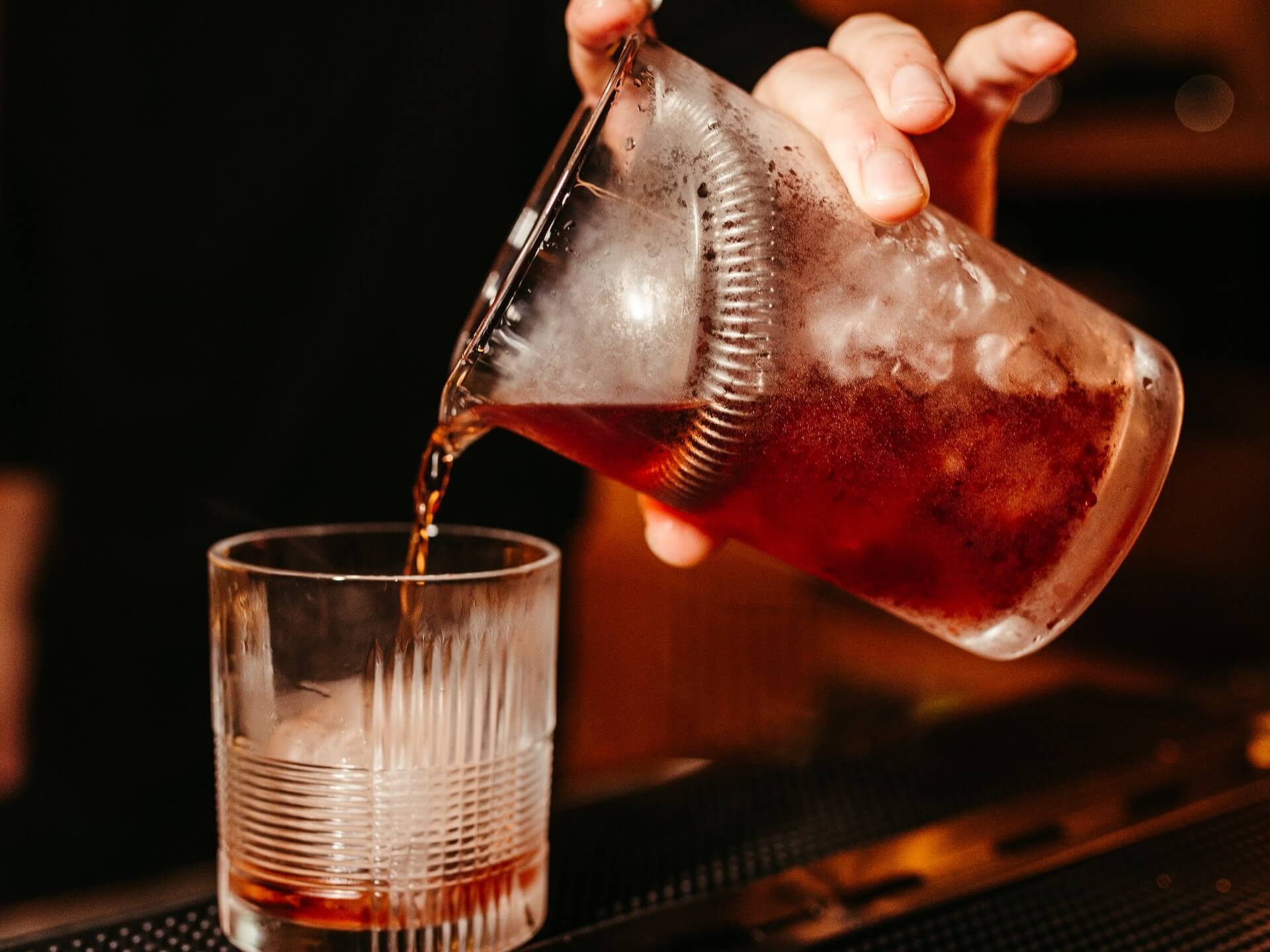Woodford Reserve Unveils 2024 Kentucky Derby Bottle
by David Klemt
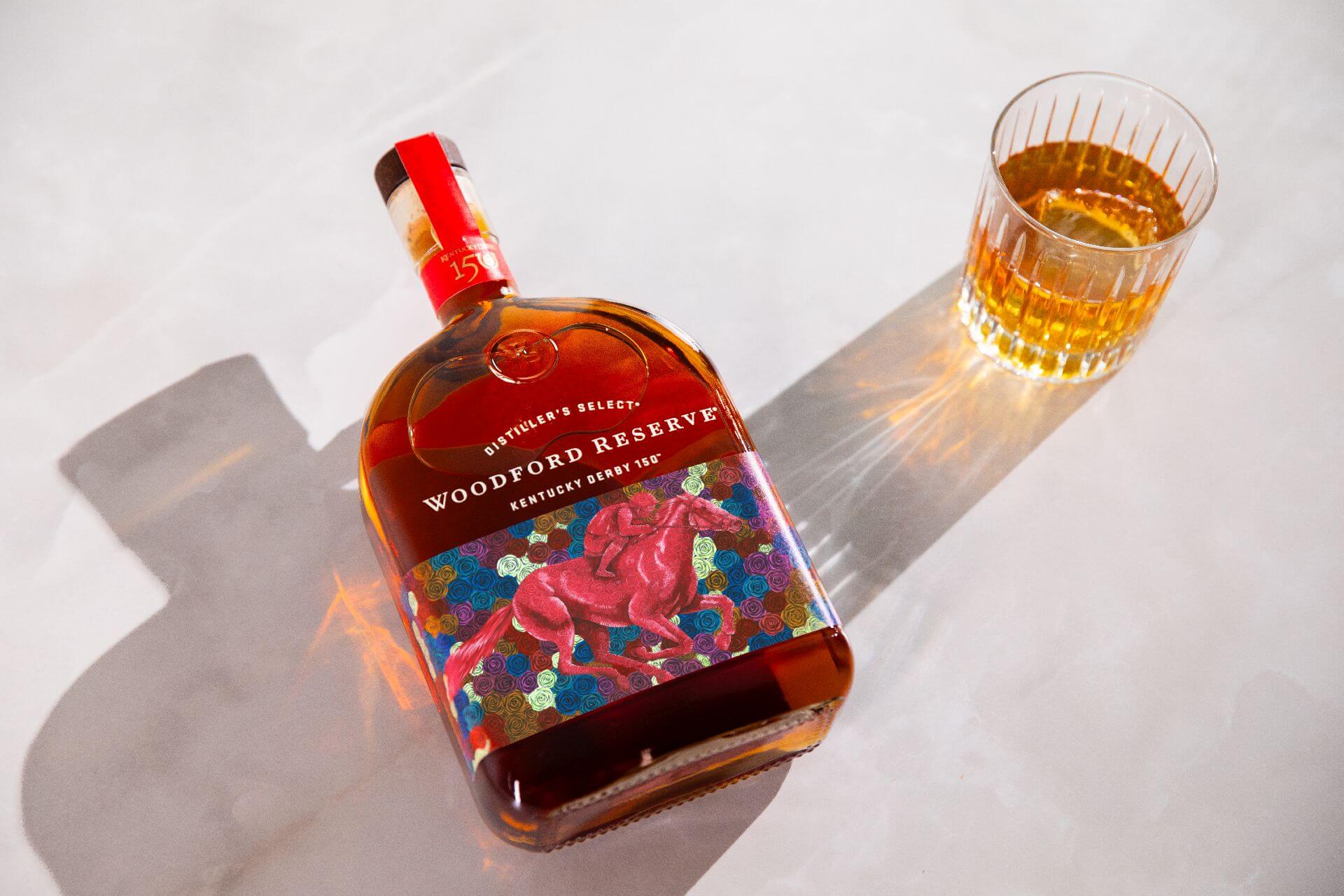
Commemorating the 150th running of the iconic Kentucky Derby, Woodford Reserve’s 2024 Derby bottle is now available for purchase.
In keeping with tradition, the bottle’s label features a Kentucky artist’s work.
For 2024, Woodford Reserve collaborated with artist Wylie Caudill, who crafted the painting “Adorned with Roses.” The art is a clear nod to another tradition: adorning the winning horse with a garland consisting of hundreds of roses, the Derby’s official flower.
This should grab an operator’s attention for a few reasons. To start, some operators enjoy collecting bottles. So, they can now get their hands on this annual release.
Further, it’s time to start thinking about this year’s Derby, which takes place on May 4. Millions of people watch the Kentucky Derby every year. Operators need to ensure their Mint Juleps and riffs are dialed in, including the appropriate drinkware.
Impressively, while it has been postponed twice, it has never been cancelled.
Traditionally, the Derby is run on the first Saturday in May. The race was run in June in 1945 due to World War II. And in 2020, Covid-19 restrictions pushed the race to September. Incredibly, a world war and a pandemic couldn’t thwart the Derby.
2024’s race is the 150th running of the Kentucky Derby. It stands to reason that even more people will show an interest in watching and celebrating this year’s race. Woodford’s commemorative bottle at least be on the back bar of any venue running a Derby promotion. It would also make for a great raffle item on race day.
Finally, we celebrate International Whiskey Day this month. The more special edition whiskeys available on March 27, the better.
Learn more about this year’s Woodford Reserve Derby bottle below. Cheers!
Woodford Reserve Releases 2024 Bottle Celebrating 150th Anniversary of the Kentucky Derby
Bottle features the art of Kentuckian Wylie Caudill
Versailles, KY (March 5, 2024) — Woodford Reserve®, the Presenting Sponsor of the Kentucky Derby®, is honoring “The Most Exciting Two Minutes in Sports®” with the release of its 2024 commemorative Derby bottle.
This year’s special release celebrates the 150th running of the Kentucky Derby® and features the artwork of Kentucky native Wylie Caudill, known for his bold, repetitive patterns, and his signature roses. His painting, “Adorned in Roses,” depicts a racing thoroughbred covered with red roses, with a background of multi-colored roses.
The one-liter bottle retails for $55 and is available for purchase globally. A special presale on ReserveBar begins March 5. It also is for sale at Woodford Reserve Distillery and in the Woodford Reserve online store starting March 5.
“Wylie’s artwork embodies the spirit of Woodford Reserve, the liveliness of Churchill Downs during race day, and the heart of Kentucky,” Woodford Reserve Master Distiller Elizabeth McCall said. “We’re thrilled to have a Kentuckian’s artwork on our bottle during this monumental year.”
Caudill grew up drawing and painting in Cynthiana, Kentucky. During college, he spent his free time creating chalk drawings, leaving his mark around campus and leading to his title ‘chalk guy’ among locals. He expanded his public street art to painting murals in Lexington after college, and many of his murals can be seen across Kentucky today. Caudill also created the Official Art of the Kentucky Derby for Churchill Downs for the 150th Derby, marking the first year that Woodford Reserve and Churchill Downs used the same artist.
“As a Kentucky native, I am honored to be a part of this milestone celebration,” Caudill said. “I have painted my signature roses many times over the years, but this one is truly special. The colorful roses symbolize the diverse Derby fans from around the world, connecting people beyond the track.”
Woodford Reserve’s Derby bottle has been an annual collector’s item anticipated by bourbon and racing fans since 1999.
About Woodford Reserve
Woodford Reserve, “Presenting Sponsor of the Kentucky Derby,” is crafted at the historic Woodford Reserve Distillery, tucked in the heart of thoroughbred country in Versailles, Kentucky. A National Historic Landmark, the Woodford Reserve Distillery represents craftsmanship with a balance of historic heritage and modern practices. Woodford Reserve is a product of the Brown-Forman Corporation, a premier producer and marketer of fine quality beverage alcohol brands including Jack Daniel’s, Finlandia, Korbel, Tequila Herradura, Old Forester, Sonoma-Cutrer and Chambord. Please enjoy your bourbon responsibly. To learn more about Woodford Reserve, visit us www.woodfordreserve.com or check us out on Facebook at www.facebook.com/
Kentucky Straight Bourbon Whiskey, 45.2% Alc. by Vol., produced and bottled by the Woodford Reserve Distillery, Versailles, KY ©2024
Disclaimer: Neither the author nor KRG Hospitality received compensation, monetary or otherwise, in exchange for this post.
Image provided by Woodford Reserve


